
Dropping weight prior to competition is a common practice among athletes. But starving oneself prior to an intense athletic event is likely a wrongheaded, self-defeating practice, a new study warns. Triathletes who ate less prior to competition lost more muscle mass and performed poorly, compared to their function after they followed a sensible diet, researchers found. “There is no doubt that this practice greatly impairs one’s performance as an athlete, even over shorter periods of time,” said lead researcher Jan Sommer Jeppesen, a doctoral student with the University of Copenhagen in Denmark. Attempts to lose weight prior to competition might be driven by a belief that fewer pounds will enhance performance, or by a desire to look “lean and mean” when hitting the field, researchers said. Regardless, it’s a widespread phenomenon among athletes, particularly those in endurance sports like running, swimming, cycling and rowing, researchers said. “It is particularly problematic among female endurance athletes. Many athletes focus heavily on weight in their respective sports. Consequently, they tend to go into short-term, but intense periods of weight loss with the expectation of performing better,” said senior researcher Ylva Hellsten, a professor with the University of Copenhagen’s Department of Nutrition, Exercise and Sports. But not eating enough is associated with missed periods, compromised bone health, changes in metabolism, and other health effects that could actually hamper an… read on > read on >










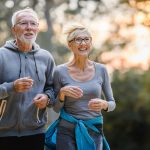

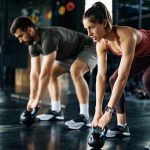



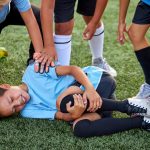
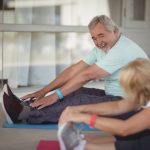

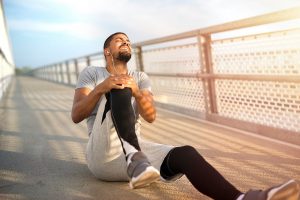
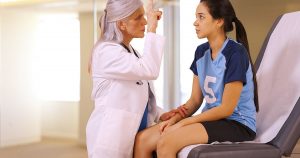






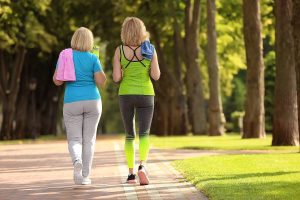










-300x200.jpg)